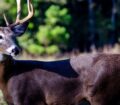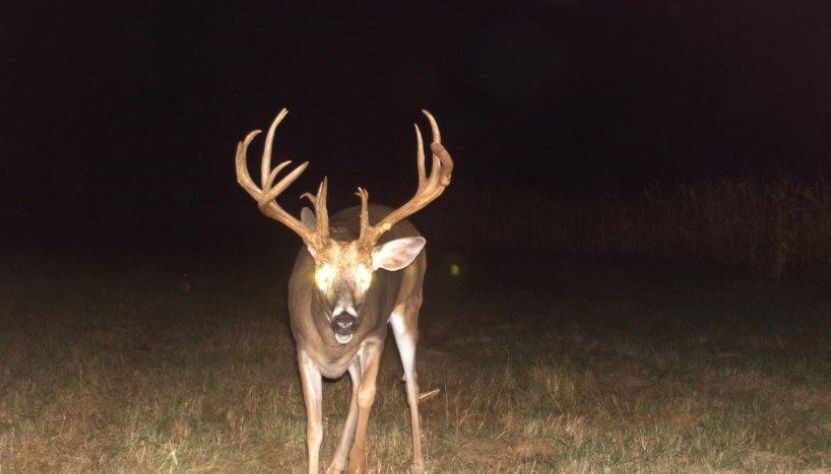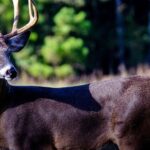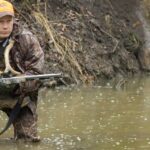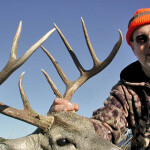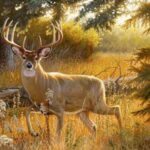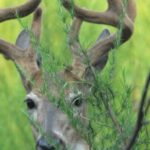Editor’s Note: If you’re still ready to hunt deer, hunters all across the U.S. have learned that they can be successful in taking big bucks in February in the South. You’ll have to study each state’s regulations in Alabama, Florida, Mississippi, Texas, and Virginia to learn when deer season ends—generally around February 10th. The rut is still taking place at the end of January and in February in many sections of the South. If you don’t have a place to hunt, check out some of the fine hunting lodge operations available or look at public lands in each state and their regulations. Although February deer are primarily nocturnal, you can find them and possibly take your best deer of the year.
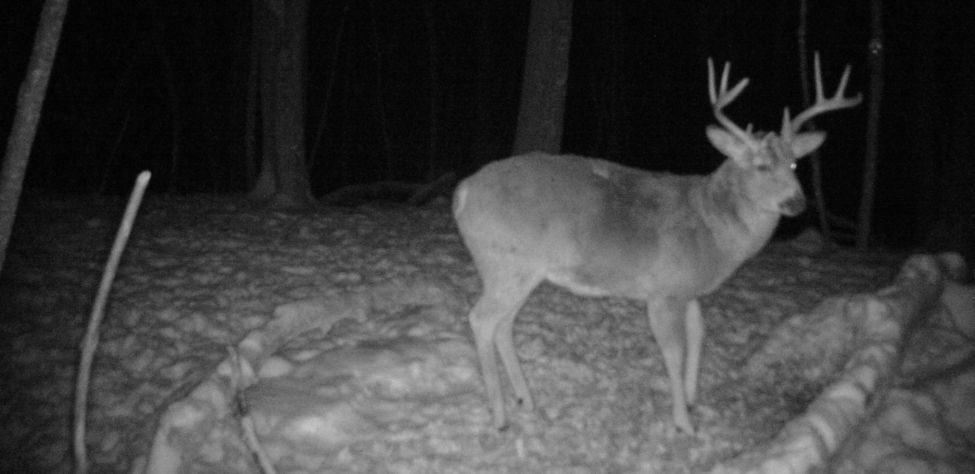
The moon phase can impact your deer hunting, but probably not in the way you think. Many hunters believe that the moon phase is the critical ingredient determining when deer move and have believed that on the day before a full moon, the day of a full moon, and the day after a full moon, deer don’t move as much. We’ve always thought that on bright nights, deer feed, and on nights, deer don’t feed.
But what Dr. Robert Sheppard of Tuscaloosa, Alabama, a longtime, well-known deer hunter and instructor in deer-hunting schools, has learned may change your opinion. “Bent Creek Lodge in Jachin, Alabama, puts out 25 hunters for the morning hunt and 25 hunters for the afternoon hunt every day during Alabama’s deer season. For 20 years, when the hunters returned from the woods, they gave me the information they had gathered: the number of bucks and does seen, and the number of deer taken—both bucks and does. Once I gathered that information and overlaid that with the information from the National Weather Service, recording moon phase, wind direction, temperature, and many other weather-related factors, I matched up the data these hunters brought in with the weather information I’d received. Then, I looked at each weather indicator one at a time to see how the moon phase, barometric pressure, wind direction, wind speed, and sky conditions (rainy, cloudy, overcast, and many other variables) impacted deer movement.”
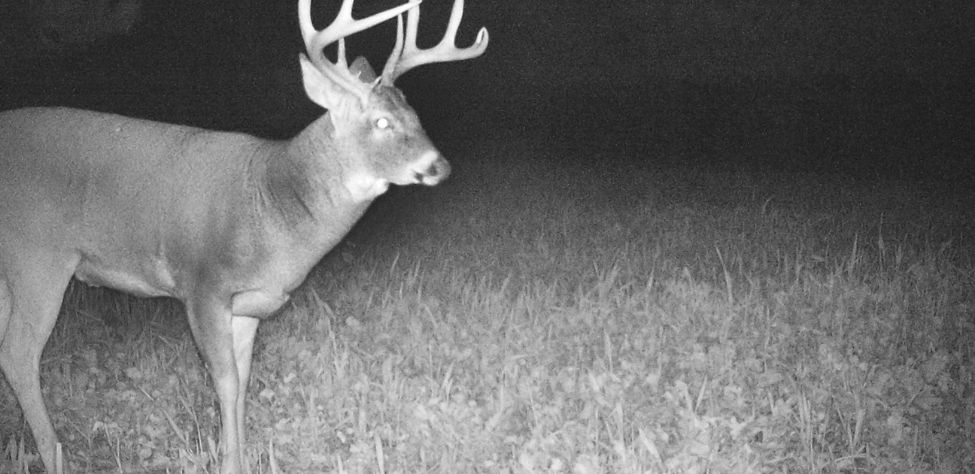
During the first two years of the study, Sheppard found information supporting what he thought it would. The day before the full moon, the day after the full moon, and the next day weren’t productive days to hunt, with hunters not seeing or taking many deer then.
“Then during the next 2 years, the results were exactly the opposite,” Sheppard explains. “The day before the full moon, the day after the full moon, and the next day seemed to be some of the best days you could hunt deer. So, I had four years’ worth of conflicting data as to when deer moved according to the moon phase. I went back and did a multivariable analysis. I learned that the moon phase was a marker, but not the actual cause and effect that made the deer move.
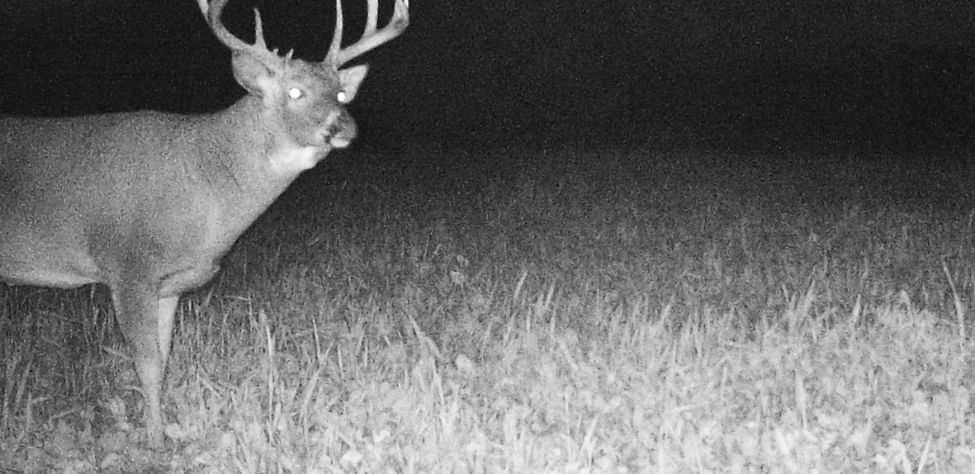
“I learned that temperature had a greater bearing on deer sightings than the moon phase did. In other words, if a cold front hit and there was a bright moon, then the deer would move. But a bright moon phase and warm weather meant hunters wouldn’t see many deer at the end of the season in late January and February.”

How to Hunt and Take Big Buck Deer on Small Properties
In this book, you’ll hear from 14 hunters who either have gained permission or leased properties as small as six acres to as much as 250 acres, and how they consistently take older-age-class bucks off these little lands.
VERSIONS: AUDIBLE, KINDLE & PRINT

Jim Crumley’s Secrets of Bowhunting Deer
Using a black magic marker and a gray work jumpsuit, Jim Crumley of Buchanan, Virginia, drastically changed the nature and purpose of hunting camouflage when he created the first sportsman’s camouflage – Trebark. Crumley’s love of bowhunting and his desire to be more invisible changed hunting clothing forever.
In this hunting guide, he shares the wisdom that he’s learned throughout his lifetime about how to be a hunter, how to find a deer lease, how to scout for deer, and more.
Special features include how to:
- Have a magic 60 acres to hunt
- Decide the best equipment to use
- Find deer year-round
- Locate land to hunt
- Know the best place to put your tree stand
- Get bucks within bow range
VERSIONS: AUDIBLE, KINDLE & PRINT

How to Hunt Deer Like a Pro
How do you know if the land you hunt has a trophy deer on it? Wildlife manager Bob Zaiglin, of Uvalde, Texas and Jim Crumley, the father of modern-day hunting camouflage, tells you how to find out. GPS can make finding and taking that trophy buck easier. This hunting guide will teach you how to hunt big bucks where no one else can find them, how to call deer, and how to become versatile as a deer hunter, so that if one deer tactic doesn’t work, another one will.
In the chapter, “How to find Bucks at Scrape,” Dr. Keith Causey, retired professor of Wildlife Science at Auburn University, describes the best way to hunt a scrape.
Brad Harrison of Neosho, Missouri, is a nationally-known videographer, professional deer hunter and master at calling deer. Another master is Will Primos of Primos Game Calls. These two experts will tell the best deer calls and when to use them in this book.
And for over 20 years, Bo Pitman, lodge manager of White Oak Plantation, has been studying deer movement patterns. He explains what types of conditions are best for predicting deer movement.
VERSIONS: AUDIBLE, KINDLE & PRINT

Deer hunting and deer hunters are drastically changing each year. To learn new techniques for hunting deer and have more places to hunt, I’ve interviewed some of the best deer hunters in the nation and share their tactics in How to Hunt Deer Like a Pro: Volume II.
In Chapter 10, Jacob Lamar tells you his tactics for consistently taking older-age-class bucks on public lands in several states. Chapter 11, Bob Walker explains how to find places on public lands where you can hunt that 99 percent of the other hunters never have considered hunting. The Bonus Chapter with David Ramey tells you how, where, when and with what equipment to take big Kansas bucks on public lands by hunting in 100-degree weather when others won’t hunt.
Chapter 13, Mark Drury, his family and his guests take mature bucks every season by having more small places to hunt rather than one large property. Drury explains the strategy of having satellite farms to hunt that only may be 50-150 acres each or less. Chapter 15, Pat Reeve, who hunts far-northern states and Canada, says, “I don’t like hunting for mature bucks until the weather is 20 degrees or less.” Chapter 4, Dr. Larry Marchinton says that funnels are the most-reliable stand sites to hunt for big bucks and tells why.
VERSIONS: AUDIBLE & PRINT
Tomorrow: Factors Increasing Odds for Taking February Deer


